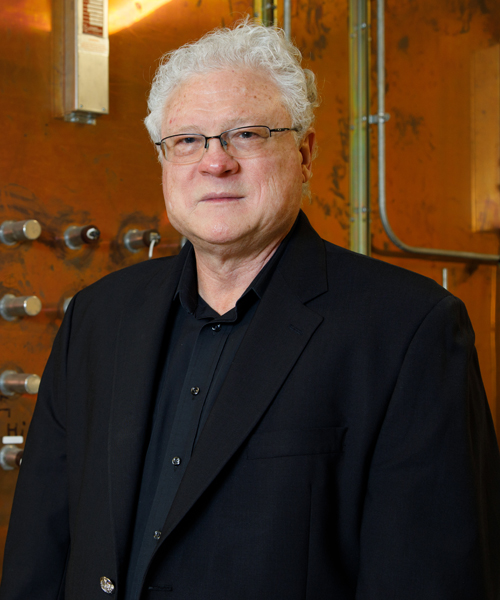TcSUH EventS

Bi-Weekly Seminar
Interface - A Key Role to Functional Thin Film Epitaxy
Date: Friday March 03, 2006
Time: 12:00 pm – 1:00 pm
Location: Houston Science Center – Building 593 — Room 102
Overview
Driven in parallel by technological needs and basic sciences and engineering's inquisitiveness, there has been an explosion in the development of new materials over the last decades, especially in the nanoscale regime. Interface, an unforgettable topic, has attracted more and more attention in the functional materials research and active device fabrication. It plays a key role in controlling the physical properties of advanced materials and result in the discovery of various new phenomena with an excellent opportunity for developing new materials for active nanostructures and their engineered nanosystems. We have focused on the systematic investigation of interface effects on highly epitaxial functional oxide thin films and have achieved many excellent results. For instance, we have achieved an extremely high dielectric tenability of 80% from highly epitaxial ferroelectric Mn:(Ba,Sr)TiO3 thin films, strong anisotropic phenomena in highly epitaxial (Pb,Sr)TiO3, a new record of giant magnetoresistance ratio of 1010 from artificial domain structural epitaxial (La,Ca)MnO3 thin films, the interface-controlled oxide nanorod/ribbon highly epitaxial thin films, and many other results. A series of models were developed to understand these interface phenomena. Details will be presented in the talk.
Back to TcSUH News & Events
Special Seminar
Pseudogap, Superconducting Energy Scale, and Fermi Arcs in Cuprate Superconductors
by: Hai-Hu Wen
Date: Thursday March 02, 2006
Time: 4:00 pm – 5:00 pm
Location: Houston Science Center – Building 593 — Room 102
Overview
Through low temperature specific heat and point contact tunneling measurement, we investigated the pairing symmetry and low energy quasiparticle excitation behavior in cuprate superconductors. The following conclusions are drawn:
1. For hole doped samples, the Volovik's relation predicted for the d-wave pairing symmetry has been well demonstrated by low temperature specific heat in wide doping regime in La2-xSrxCuO4. This is supported by the tunneling spectrum with a zero-bias-conductance peak along nodal direction. The nodal slope of the superconducting gap is thus derived and is found to follow the same doping dependence of the pseudogap Δp. Both indicate a close relationship between the pseudogap and superconductivity.
2. Still in the hole-doped side, it is also found that the critical temperature Tc is determined by the multiplication of the nodal gap slope and the residual Fermi arc length.
3. For electron doped samples, both specific heat and tunneling measurements reveal an unavoidable s-wave component which may be explained by the two-band and thus two-gap pictures. The evidence for pseudogap is presented from the tunneling data under a high magnetic field for electron-doped samples. It is found that the pseudogap does not change with temperature instead of being filled up by thermal excitation.
These observations put strong constraints on the theoretical models of high temperature superconductors.
Back to TcSUH News & Events

Bi-Weekly Seminar
Novel Bioelectric Phenomena in Cellular Organelles
Date: Friday February 03, 2006
Time: 12:00 pm – 1:00 pm
Location: Houston Science Center – Building 593 — Room 102
Overview
We have been investigating unusual bioelectric phenomena using novel, generally noninvasive, sensors. Recent topics of interest include: (1) studies of harmonic response of active membrane pumps (P-type ATPases), which we have observed in budding yeast cells using superconducting quantum interference devices (SQUIDs); (2) nonlinear harmonics, in response to sinusoidal electric fields, produced by electron transport chain complexes and a molecular turbine, known as ATP synthase, in mitochondria; (3) similar studies of light-activated harmonics, which we have recently discovered in chloroplasts; and (4) studies of the dielectric and conducting properties of cytoskeletal proteins, such as tubulin heterodimers, which self-assemble to form microtubules.
Back to TcSUH News & Events
